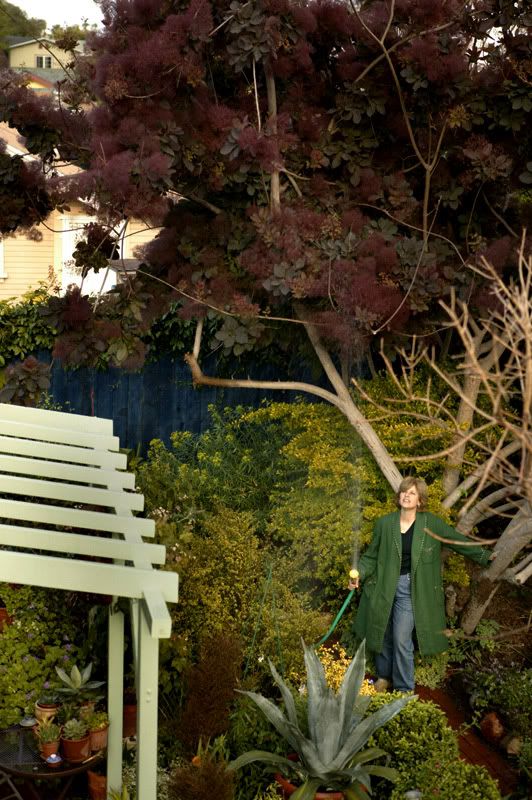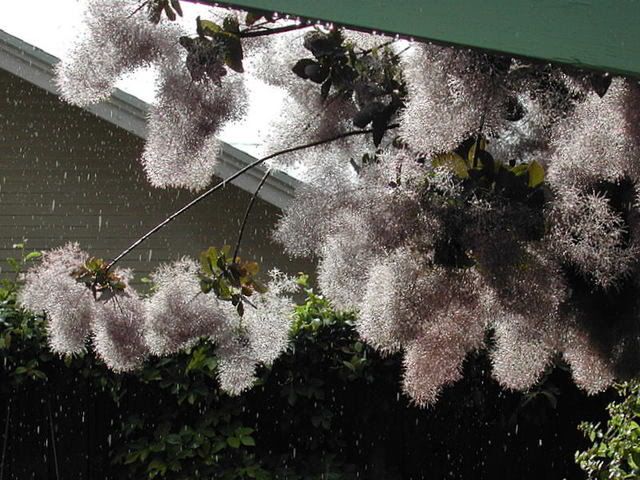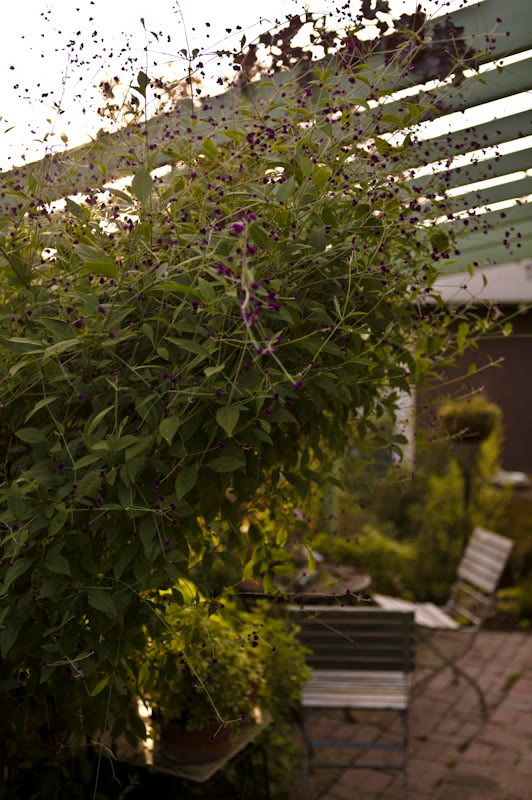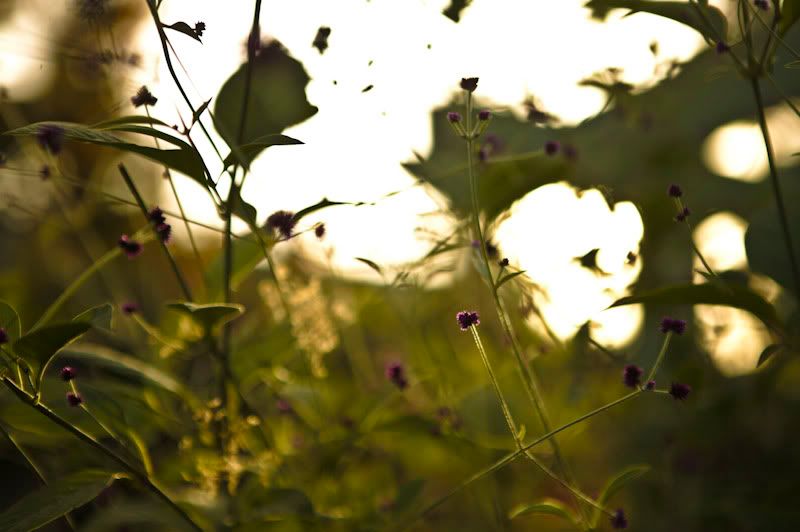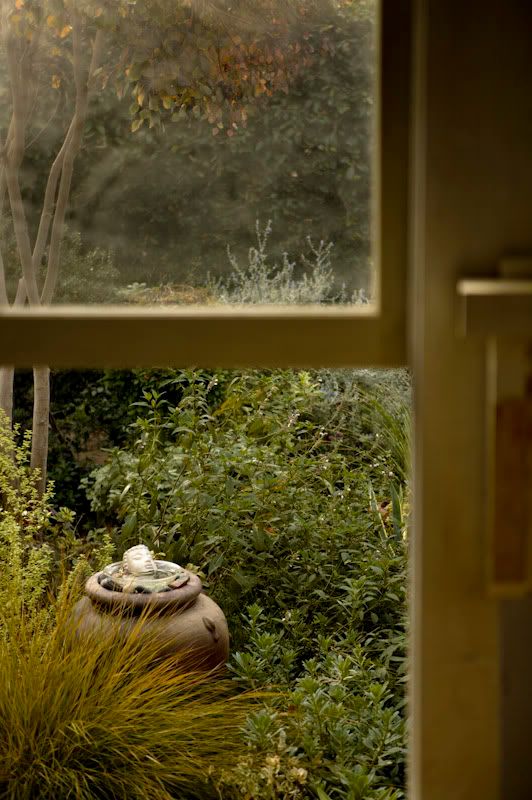My love affair with agaves runs deep and goes back decades. Now their sculpted beauty and Fibonacci flare are gaining widespread appreciation, surpassing their heretofore cult status, with gorgeous new hybrids popping up as prolifically as feather grass in gravel. Which is great news, if you ask me.
Now on to the burning question: Potted or unpotted? Agaves in or out of pots, here in zone 10, apart from aesthetic issues, really depends on ultimate size and thorniness. No frost issues to contend with, though leaf burn can occur, as when I carelessly moved a variegated A. americana out of dappled shade into full summer sun, discoloring and burning the leaves, rather than a graduated build-up to full sun exposure.
Apart from the undeniable charisma of an agave in a pot, a big part of their allure in pots is endlessly moving them around the garden for maximum effect. In our mild winters, they add instant glamour to areas gone dormant and add bulk to the remnants of wispy grasses left uncut until spring. When the plantings fill in again in spring, the pots are whisked away for drama duty elsewhere.
But as far as size, careful siting and species selection is key. You just can’t argue with a poorly sited Agave americana, ultimate size over 6×8, and countless lost arguments are on display in gardens all over town, usually resulting from planting too close to walkways. A poorly sited agave will invariably become a victim of abuse, with offending leaves hacked off. Debra Lee Baldwin last week profiled some smaller agaves for the Los Angeles Times.
A small sampling of my agaves includes ‘Mr. Ripple,’ thought to be an Agave salmiana hybrid, planted in the ground, ultimate size 5X8. Approximately 2X3 now but growing fast. An entrancing feature of agaves is their leaf imprints, a feature Mr. Ripple has in spades. His composed suavity is counterpoint for the Olea europaea “Little Ollies” planted along the fence leaning in from the right:
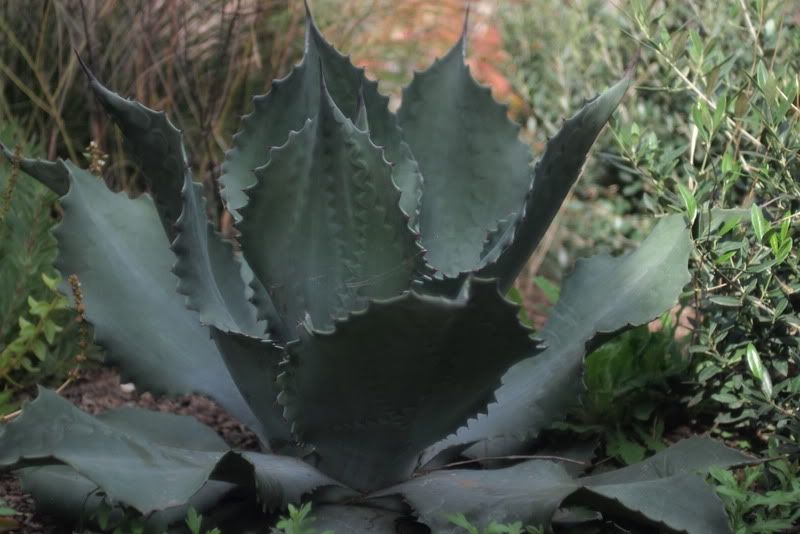
Closeup of Mr. Ripple’s devilish charms:
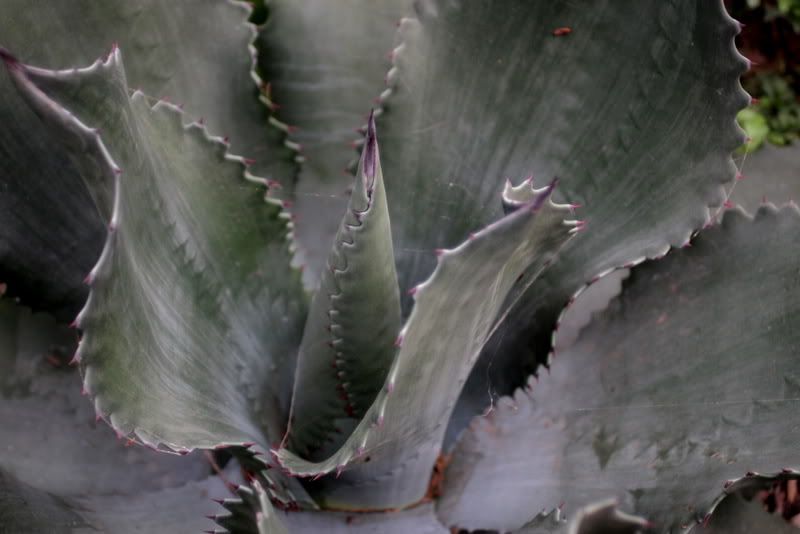
Years ago I found several seedlings of A. desmettiana at Burkhard’s in Pasadena, which are about 1×1 now, a beauty which, in a family of show-offs, still manages to distinguish itself. This agave is now purportedly only found in the wild around villages of the former Mayan empire:
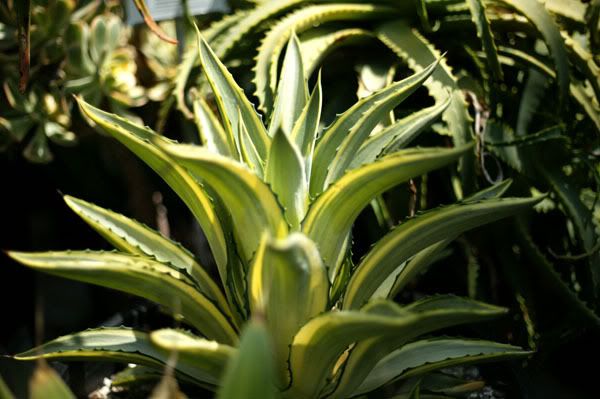
Agave attenuata ‘Kara’s Choice’ has been moved from this pot and planted in the front garden this past July. (Edited to correct name to ‘Kara’s Stripes.’)
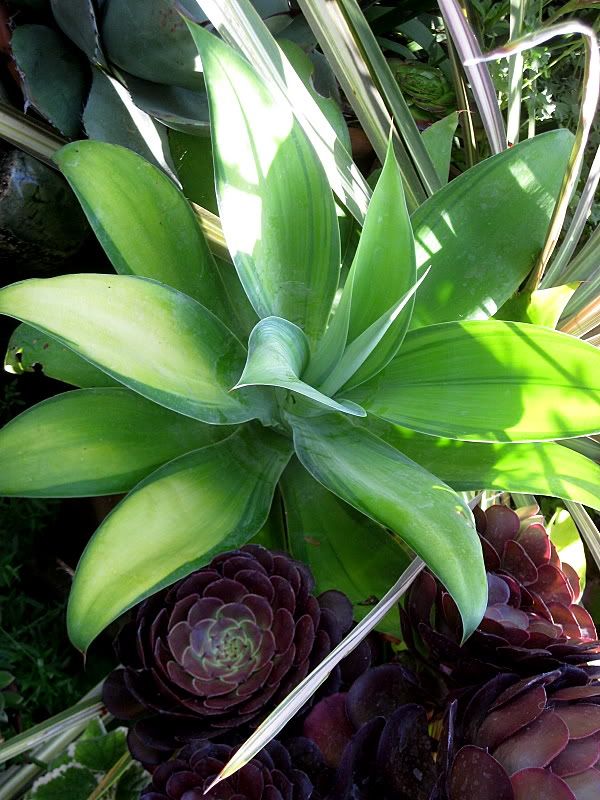
Potted Agave americana variegata anchoring a sea of Salvia ‘Waverly’ pooling onto the path:
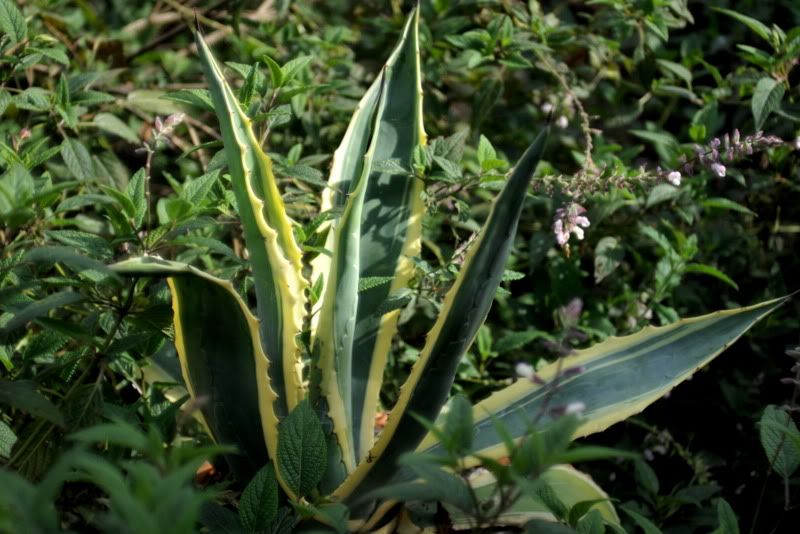
There’s only so much garden available for a hulking, saw-toothed, gorgeous. undulating mass of biosculpture. So ‘Jaws’ stays potted, where his ultimate size of 4×8 will hopefully be curtailed. (sizing per Plant Delights)
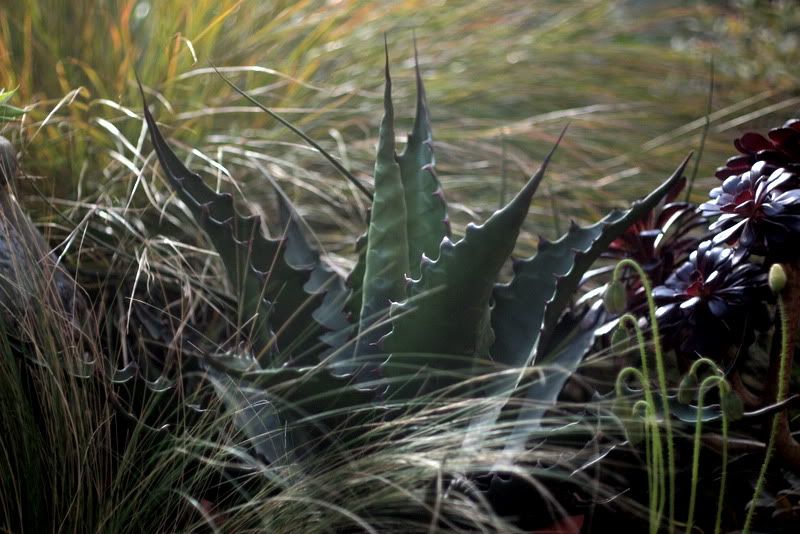
Agaves lift a planting of succulents into the sublime. My feeble memory tells me this is A guadalajarana, but a quick Google check says otherwise, so it shall go unnamed. Powdery blue, slim, long leaves, burnt orange spines. Senecio vitalis in the back with Senecio mandraliscae in the foreground. Agave geminiflora, needle-leaved, on the left with variegated aeoniums:
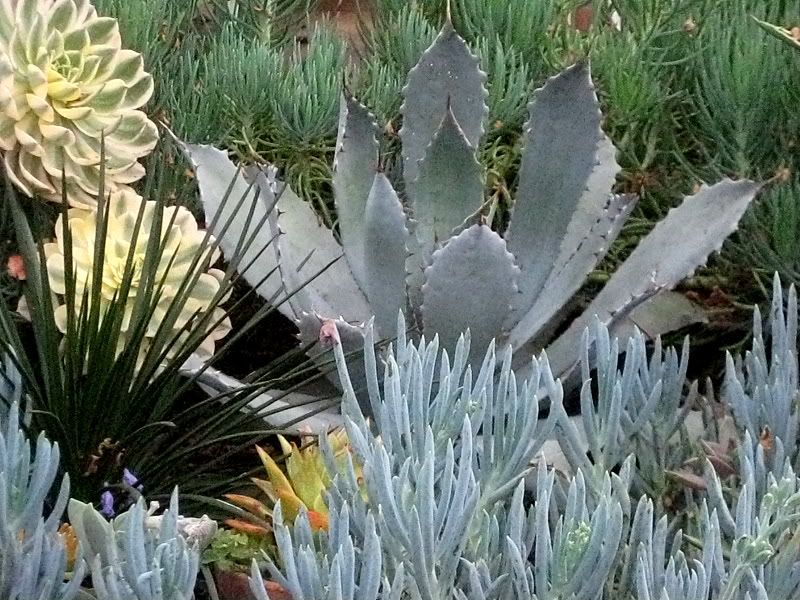
But don’t relegate them to strictly succulent plantings. Just as often I prefer them as bulkwarks in mixed plantings. (A. americana, potted):
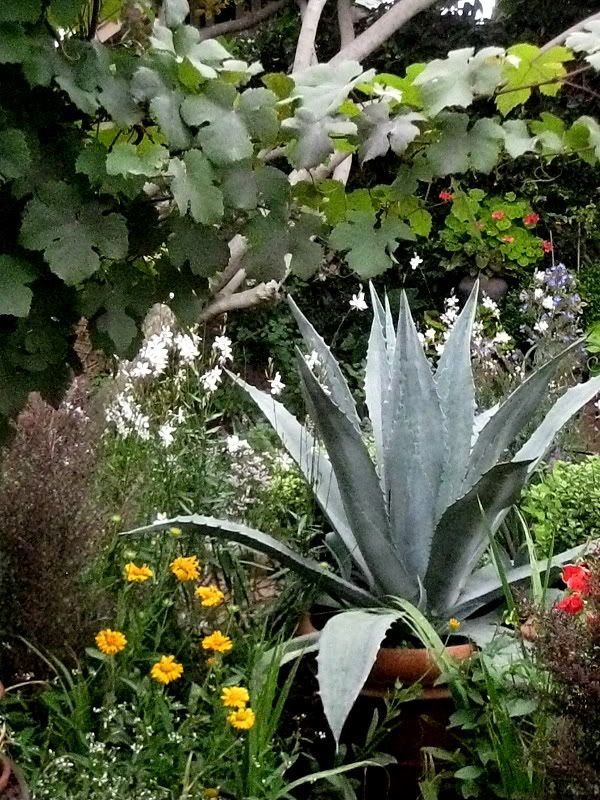
Agave titanota, bought off Ebay, a treasure trove for agave collectors. Though I’m not completely convinced this really is A. titanota, even allowing for there being supposedly two types in commerce, as explained by Desert Tropicals:
 “>
“>
All-time fave, Agave bovicornuta, the Cow-Horn agave, when young is a favorite of snails, and keeping him potted allows for close vigilance. Less than two years old, now about 1X2, capable of 3X5. Unlike the American agaves, which “pup,” or sucker freely, this gem retains its architectonic glory. San Marcos Growers writes: “This is a great looking green agave for planting in the garden or in containers. Because this plant does not naturally sucker or produce bulbils on the flower stalk and needs cross pollination for seed set, plants in landscapes generally only last one generation. For this reason it has been relatively rare in cultivation but with new propagation techniques, such as laboratory micro propagation (tissue culture), this beautiful plant is becoming more commonly available. The name cow horn agave and the specific epithet “bovicornuta†(bovi meaning cow and cornuta meaning horn) comes from the teeth recurving in opposing fashion much like a bulls horn. Common names for this agave in Mexico have been lechuilla verde, sapari, sapuli and noriba. Its flowers were washed and used to make tortillas and the stems used to make mescal, though it is noted as being more bitter than other agave used for these purposes. As with other agave this plant has juice which is caustic and has been documented to cause temporary dermatitis on sensitive skin.”
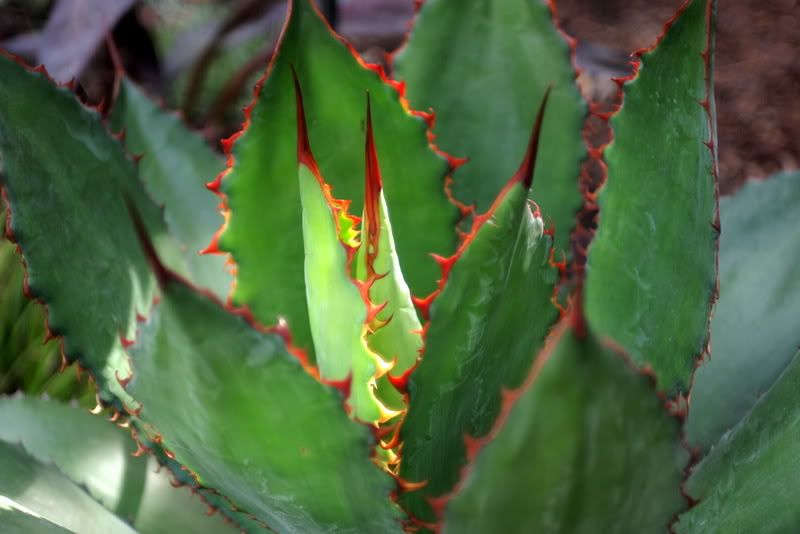
Spineless agave impostor, Furcraea foetida ‘Mediopicta,’ can take more moisture than an agave. This poor specimen has been dug and repotted to convalesce from a near-lethal snail attack:
 “>
“>
A classic, and possibly my first agave, A. americana var. medio-picta ‘Alba.’

Apart from living with a plant that knows how to fight back, the only drawback, inherent with all beloved plants, is their irresistible collectability, which, if taken to extremes, can dilute the drama they so effortlessly add to a garden. (Which begs the question: Can an obsessive ever really know when they’ve taken things to extremes?) And being monocarpic, once they get around to flowering, it’s all over for the mother plant. Alas, my A. potatorum flowered this summer, it’s 6-foot tall flower stalk leaning over and dropping seeds into my son’s convertible Miata. Now, there’s a container idea, with built-in wheels…

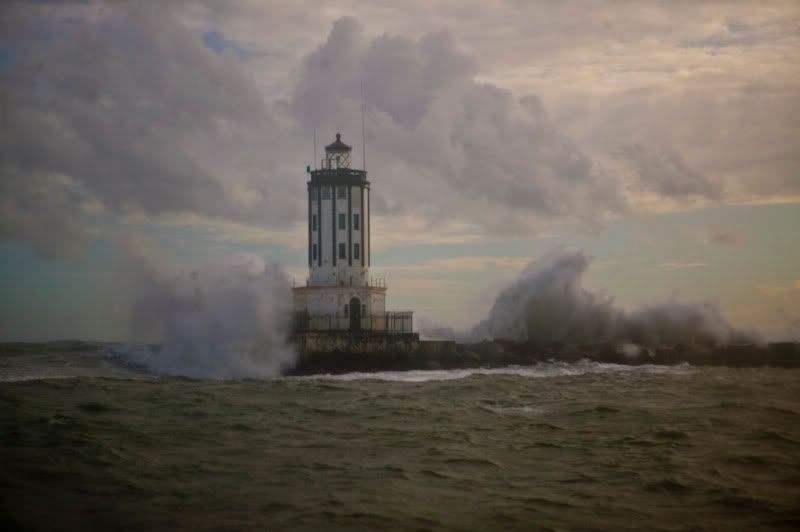

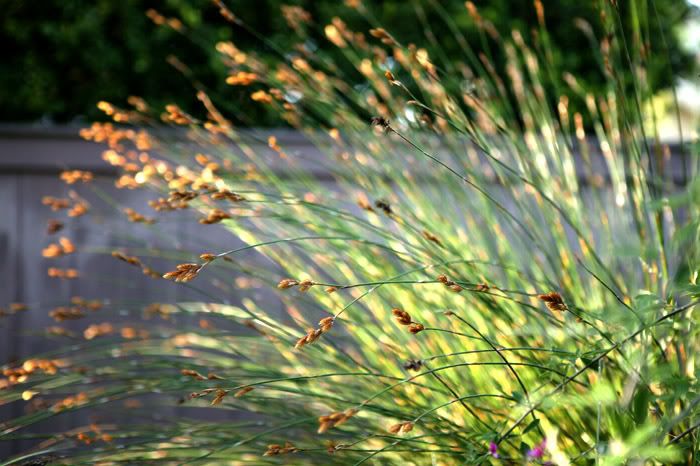
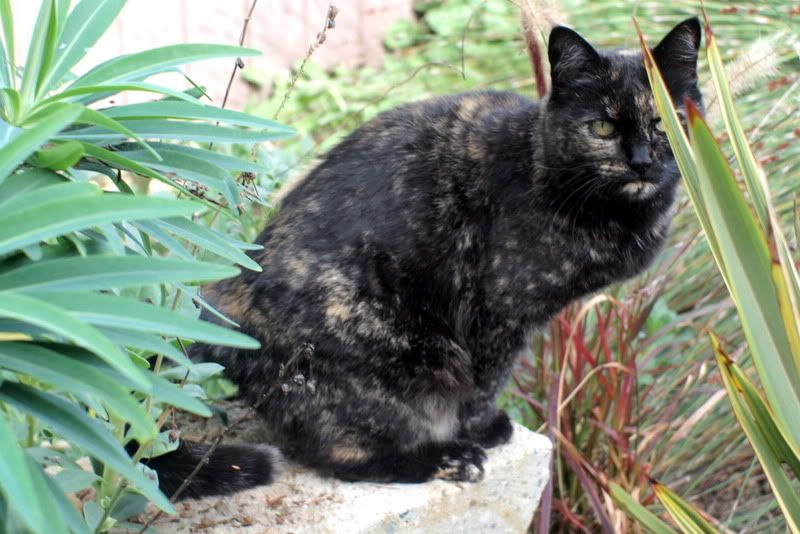

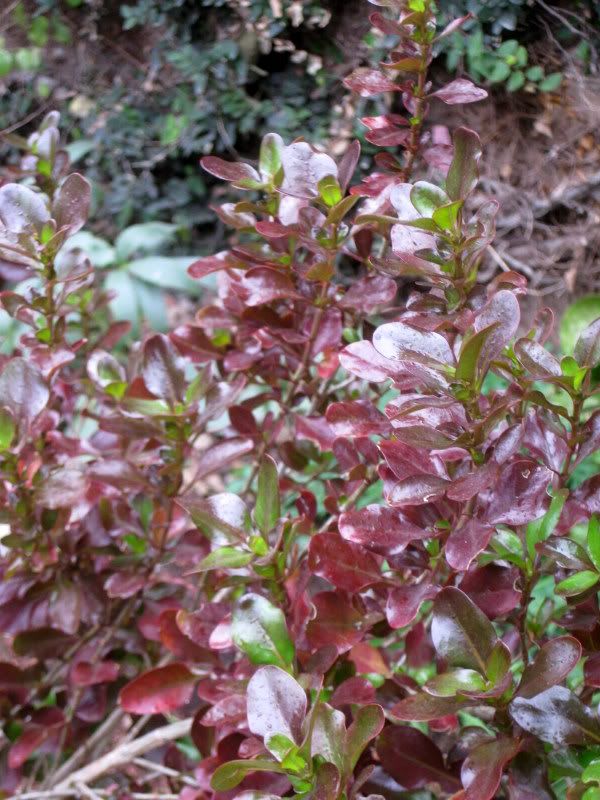

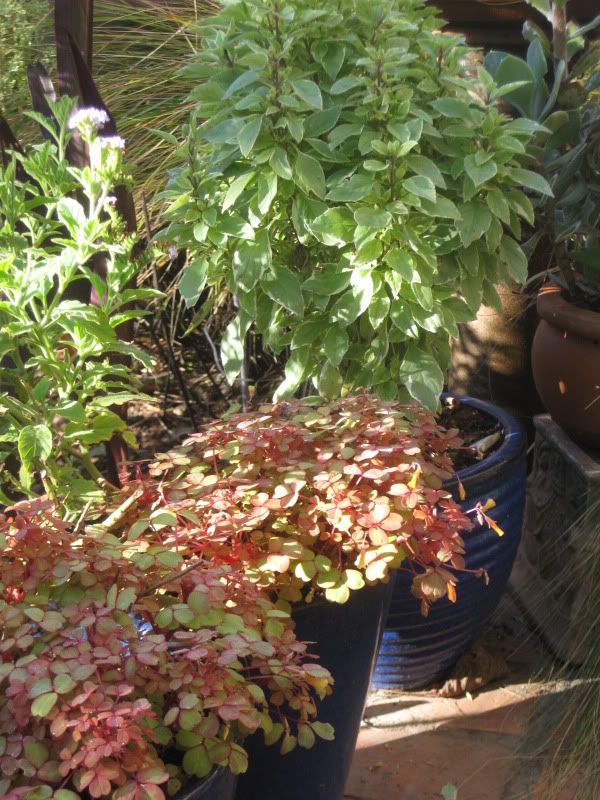
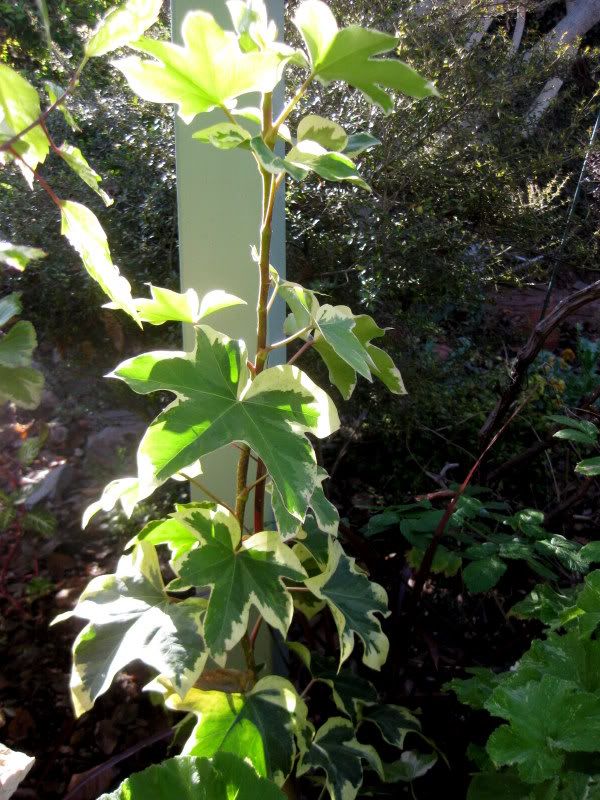
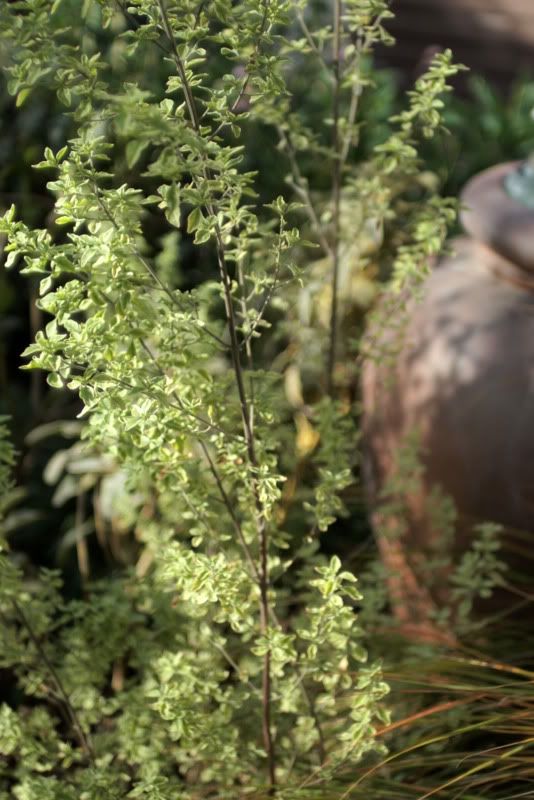
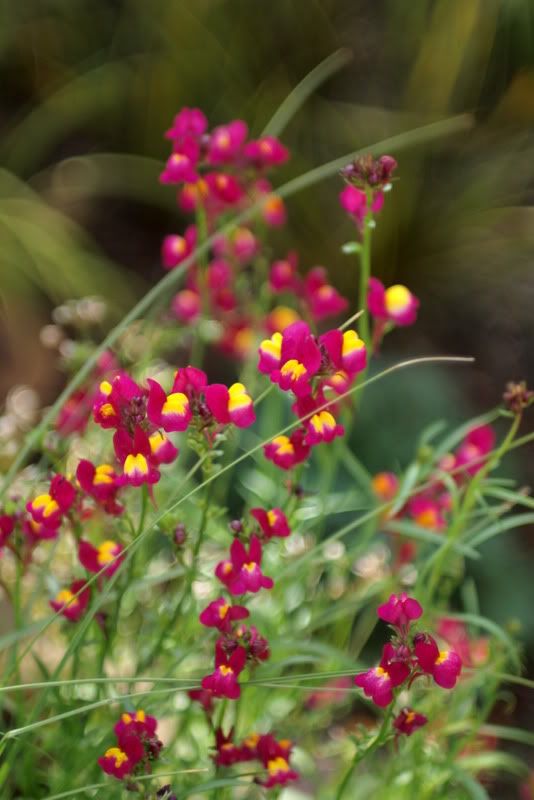

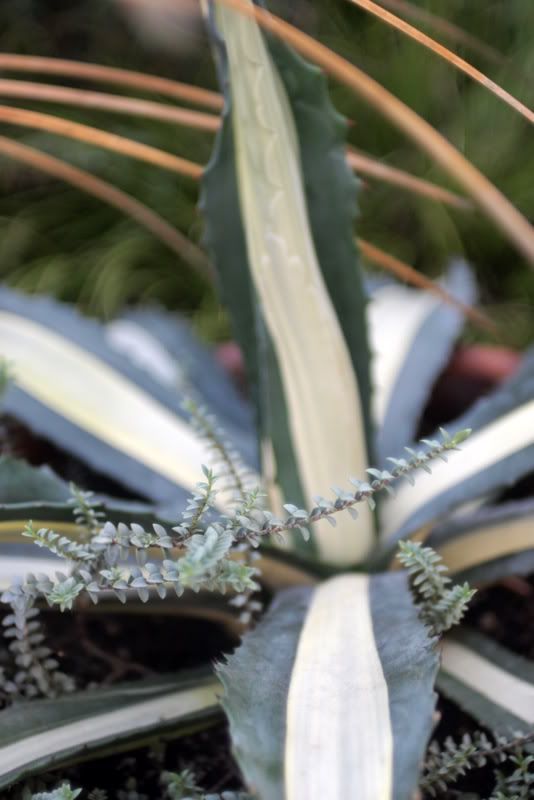
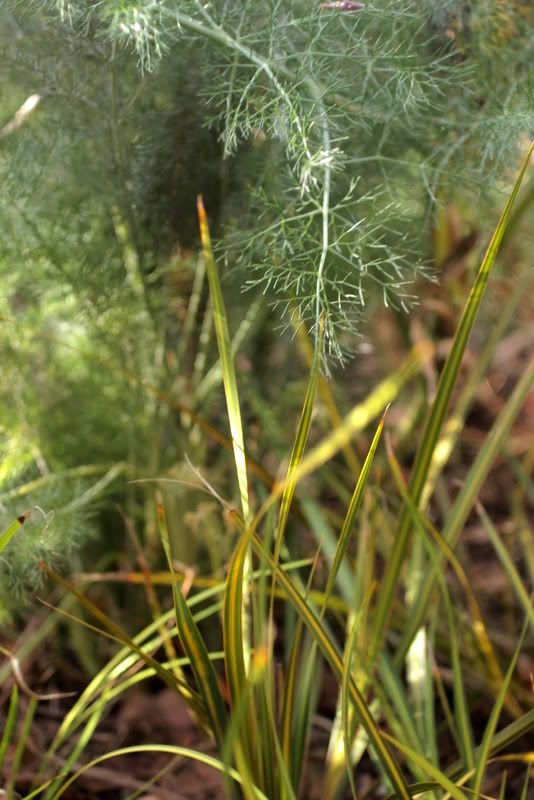

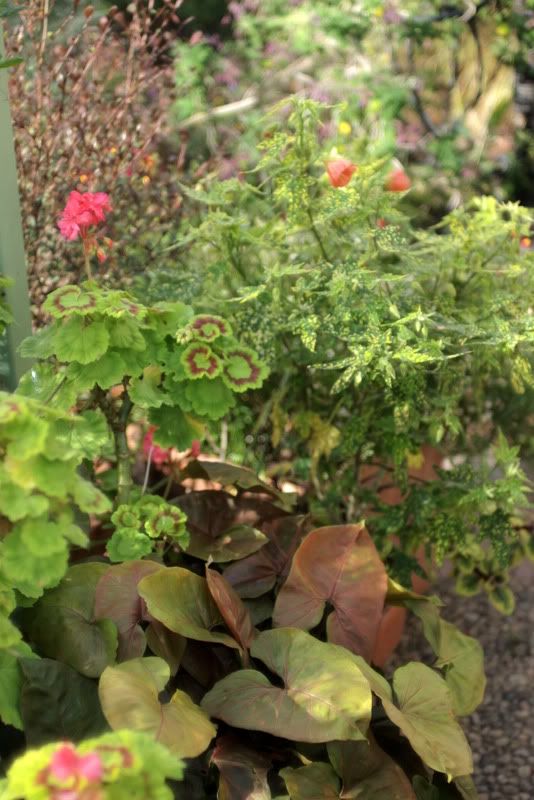

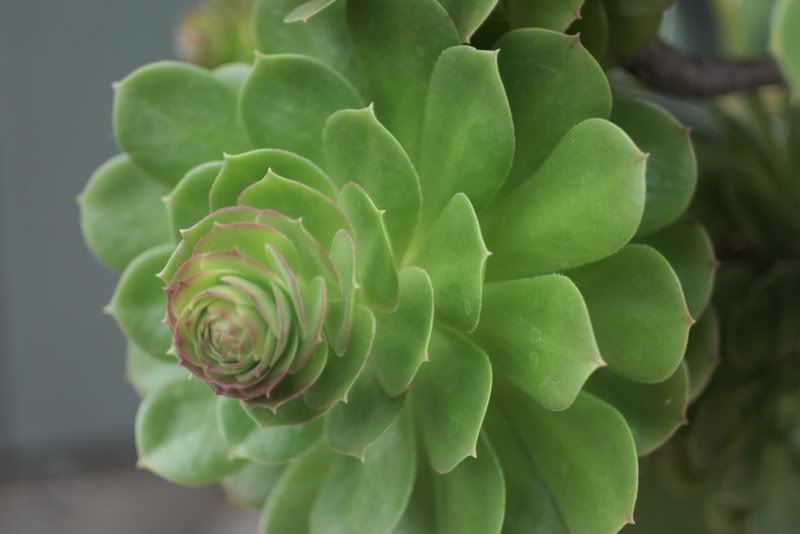
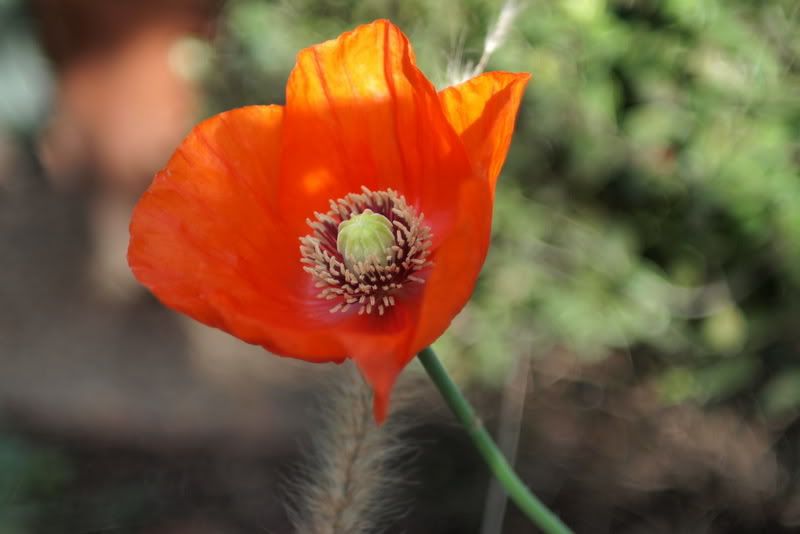
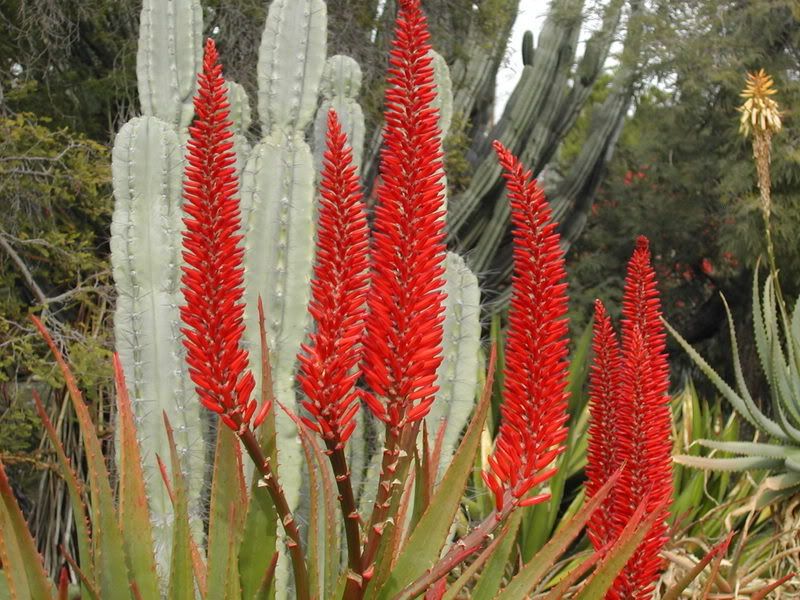








 “>
“>
 “>
“>
